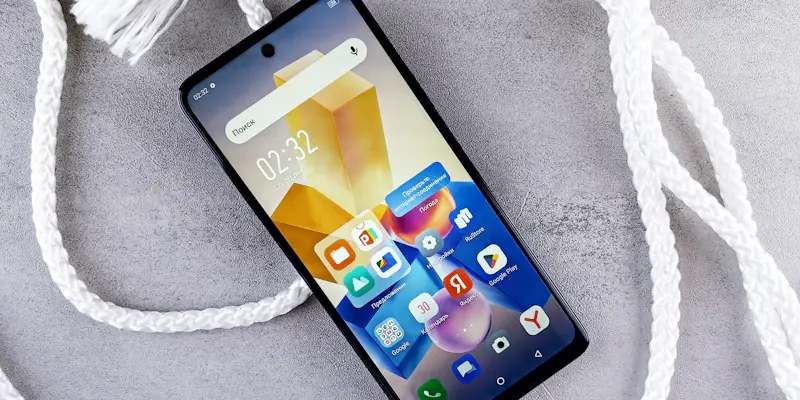The highly anticipated Vivo V50 has become the talk of the tech world after its leaked information surfaced on Taiwan’s National Communications Commission (NCC) website. According to these leaks, which were revealed under the model number V2427, the Vivo V50 is expected to boast a variety of impressive features. Enthusiasts and consumers alike are particularly intrigued by the phone’s potential, with its significant battery capacity and quick charging capabilities being among the highlights. This follows a trend where Vivo continues to refine its offerings, leveraging previous models while introducing enhancements to attract a wider audience.
A Look at Design and Specifications
The Vivo V50 is anticipated to come equipped with a 5,870mAh battery, which will likely be marketed as 6,000mAh. This considerable battery capacity is coupled with support for 90W fast charging, allowing users to recharge their devices quickly and efficiently. Regarding connectivity, expect to see support for Wi-Fi 6, Bluetooth, NFC, and GPS, ensuring that the Vivo V50 meets modern connectivity standards. Leaked images reveal the phone will be available in three sophisticated color options: blue, gray, and white, adding a touch of elegance to its sleek design.
The device’s design showcases a centrally-positioned hole-punch cutout on the display, ensuring a modern aesthetic and an optimal user experience. The rear of the Vivo V50 comprises a pill-shaped camera island that houses dual sensors and an LED flash. This design element not only enhances the phone’s visual appeal but also promises improved camera functionality.
Anticipated Performance and Market Position
There is speculation that the Vivo V50 might actually be a rebranded version of the Vivo S20, which was launched in China in November of the previous year. The expected starting price for the V50 is around CNY 2,299 (approximately Rs. 27,000). For context, the Vivo S20 features a 6.67-inch 1.5K AMOLED screen with a 120Hz refresh rate, powered by a Snapdragon 7 Gen 3 processor. The S20 also includes a dual rear camera setup, featuring a 50-megapixel main sensor and an 8-megapixel ultra-wide lens, complemented by a 50-megapixel front-facing camera. Additional specifications of the S20 include a 6,500mAh battery with support for 80W fast charging.
Given these similarities, it is likely that the Vivo V50 will offer comparable, if not enhanced, capabilities, positioning it as a competitive option in the mid-to-high-end smartphone market. The speculated alignment with the Vivo S20 underscores Vivo’s strategy of rebranding devices across different regions while maintaining a focus on high-performance specifications and consumer satisfaction.
Enhanced Features and Technological Advancements
The tech community is abuzz with excitement over the much-anticipated Vivo V50 after leaked details surfaced on Taiwan’s National Communications Commission (NCC) website. These leaks, identified under the model number V2427, have given us intriguing insights into the upcoming smartphone’s features. The Vivo V50 is expected to bring a range of impressive specifications that have both enthusiasts and potential buyers eagerly awaiting its release. One of the most talked-about features is the phone’s substantial battery capacity, which combined with its fast charging capabilities, promises significant improvements in user experience. This development reflects Vivo’s ongoing commitment to enhancing its product line, building on the successes of previous models while incorporating new advancements to appeal to a broader market. In an industry where rapid innovation is key, the Vivo V50 appears poised to capture consumer interest and potentially set new standards in smartphone technology. As more information leaks, excitement and expectations continue to build around Vivo’s latest offering.

